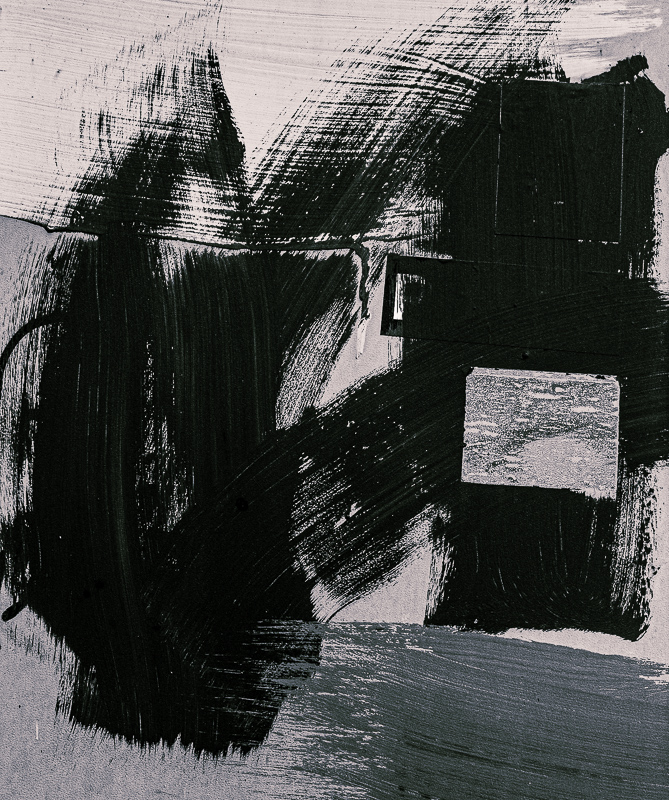Every Picture Is a Compromise
Lessons from the Also-rans
Most photography websites show the photographer's very best work. Wonderful. But that's not the full story of a creative life. If we want to learn, we'd better pay attention to the images that aren't "greatest hits" and see what lessons they have to offer. Every picture is a compromise — the sum of its parts, optical, technical, visual, emotional, and even cosmic – well, maybe not cosmic, but sometimes spiritual. Success on all fronts is rare. It's ok to learn from those that are not our best.
This is a series about my also-rans, some of which I've been able to improve at bit (i.e., "best effort"), none of which I would consider my best. With each there are lessons worth sharing, so I will.

Previous image | Next image |
Original digital capture

High Contrast Week
Sometimes the light is just flat and downright discouraging. Fortunately, we need not accept that flat contrast as is. Pushing the contrast of an image to extremes can often salvage what looks like a weak image into a strong one. This week is an exploration of turning low contrast failures into high contrast successes.
What I saw that I liked:
Random paint on a utility box outside our restaurant in China.
What I don't like in the picture:
Obviously, the poor light and soft contrast of the above make this RAW capture a thoroughly forgettable image.
What I learned:
High contrast to the rescue! Pushing the contrast to an extreme often works with abstract images like this. Notice how the increased contrast brings out the brushstrokes in the darker tones. I didn't anticipate that, but I would never have seen it until I did the extreme contrast adjustment. I find that often happens with extreme contrast processing — thing appear that I had no idea were buried in the bland contrast original. |
|


